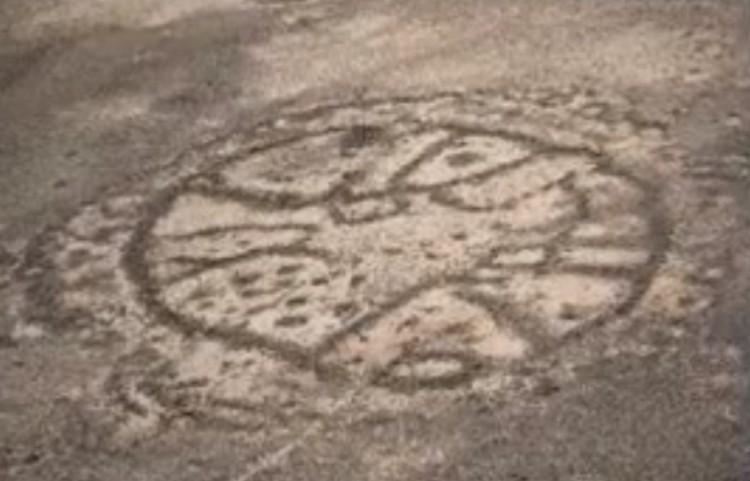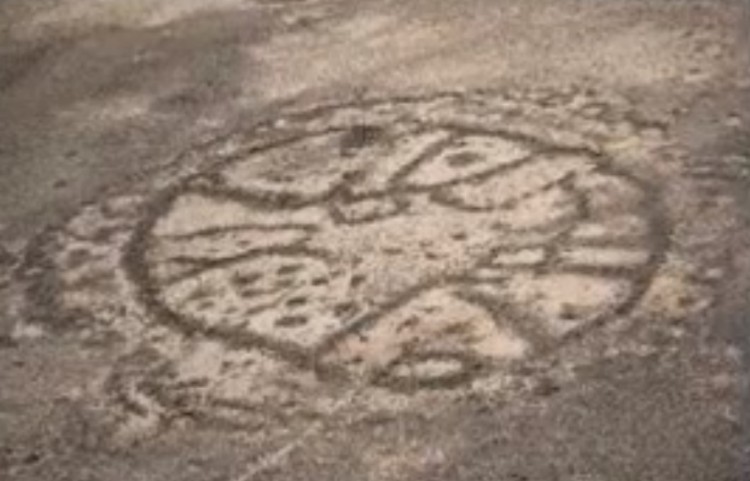Thousands of wheel-shaped patterns similar to the Nazca Lines in Peru have been discovered across the Middle East from Syria to Saudi Arabia.
The stone structures are visible from above using satellite mapping and aerial photography. The first ones were actually spotted in 1927 by a pilot, but now, using Google Earth, researchers can investigate their extent.
Led by archeologist David Kennedy from the University of Western Australia, a team of researchers will detail their findings in the Journal of Archaeological Science.
“Sometimes when you’re actually there on the site you can make out something of a pattern but not very easily,” Kennedy told Live Science.
“Whereas if you go up just a hundred feet or so it, for me, comes sharply into focus what the shape is.”
These so-called “wheels” appear in various designs, ranging from 82 to 230 feet across (25 to 70 meters). Shapes include kites (for funneling and killing animals), pendants (lines of stone cairns radiating from ancient burials), walls, and rectangles. Some of them have spokes inside.
They may be isolated or clustered in groups, and tend to be found in lava fields (harrat). Locally, they are known to the Bedouin tribesmen as the “works of the old men,” and are believed to be at least 2,000 years old, making them older than the Nazca Lines.
These Peruvian geoglyphs—drawings on the ground—are thought to have been created by the Nazcas, who lived from 200 BC to 700 AD. Some theorize that they are associated with UFOs, because they are only visible from high altitudes.
“In Jordan alone we’ve got stone-built structures that are far more numerous than (the) Nazca Lines, far more extensive in the area that they cover, and far older,” Kennedy told Live Science.





